Digital nightmares: how tech-horror became Russian film’s favourite new genre
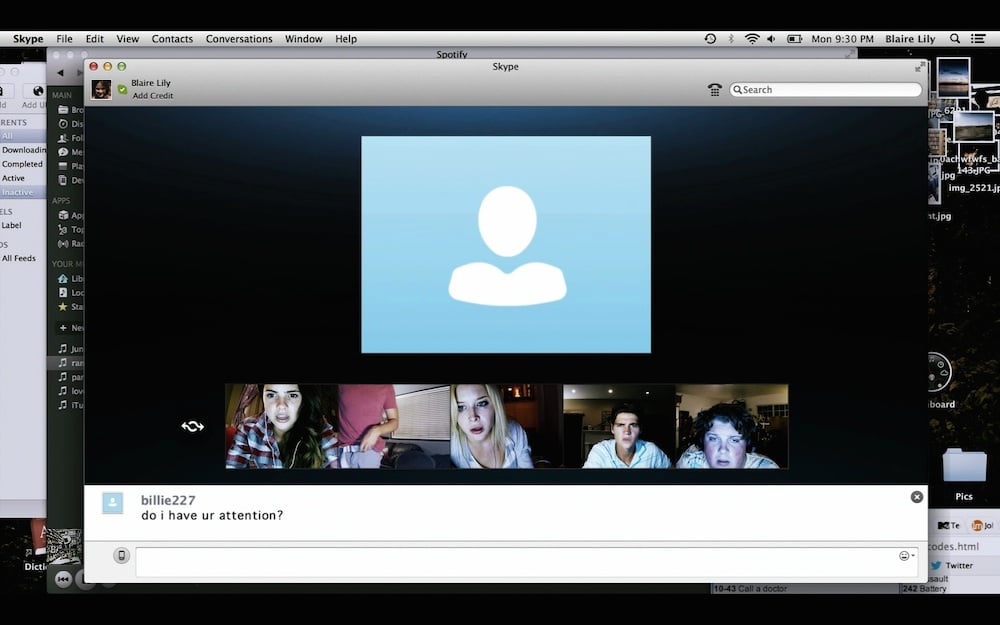
From spooked video bloggers and ghoulish satnavs to chilling plots that unfold entirely on a laptop screen, Sasha Raspopina discusses the new trend for technology in horror films, and why it has taken off in Russia
While many scary movies still hinge on monsters, vampires and ghosts, the last 20 years have seen technology get involved in the genre. It’s appeared as an integral part of the plot (e.g. the VHS tape in The Ring) or has shaped the format of the film itself (as in 1999’s The Blair Witch Project, the first found footage horror film). But tech has moved fast. Even though both the original Japanese version of The Ring and its American remake are still pretty frightening in 2016, the horror is undermined by the fact that the curse spreads via a VHS tape, now a hopelessly outmoded medium. So, as the technology has progressed, horror films have had to keep up, moving on from handheld cameras and CCTV footage to mobile phones, video messaging and websites.
The Russian film market seems to have fallen in love with the idea of a new tech-based horror genre. From the Blair Witch copycat Tapes From Hell, a found footage film about teenagers heading to a dacha for a party and ending up filming their own mysterious deaths in a forest, to The Shopping Tour, in which members of a popular bus tour from St Petersburg to Finland get ambushed by Finnish cannibal villagers and the whole ordeal gets accidentally filmed by a child with a mobile phone. A recent 2015 film Pripyat: Those Left Behind is a found-footage version of the American disaster film Chernobyl Diaries.
But surprisingly, Russian filmmakers are not only following but also shaping the trend: one of the most groundbreaking films of the highly tech-conscious genre only came out in 2015. Unfriended is made by an American team headed by Leo Gabriadze, a Georgian director famous for Russian-language films like Yolki 2 and 3 and Lucky Trouble, and produced by Timur Bekmambetov, best known for Night Watch and Day Watch films, as well as the outrageous Abraham Lincoln: Vampire Hunter, a film so notoriously bad that it’s actually gained some critical acclaim for its boldness. Regardless of its creators’ past successes and failures, Unfriended is revolutionary in its format – the plot of the film plays out entirely on a laptop screen through Skype sessions, iMessages, Facebook chats and Youtube videos.
The plot may be an unremarkable ghost revenge story, but its format is perfectly suited to our laptop-movie watching age. Seeing it on a cinema screen actually reduces the experience. The familiar new message jingles, Skype tones, hastily typed messages and hurried switches between browser tabs belong on a laptop screen, and become increasingly creepy as a ghost invades a Skype group call and haunts a dead girl’s Facebook profile. 15 years ago a film like this would have been impossible, and 15 years from now it will probably look as dated as the VHS tape in The Ring.
And there is more to come soon in the genre: a horror named after a line known to all car GPS-users, “Your Route Is Ready”, a creepy ghost-infested road movie featuring a possessed car just hit the cinemas at the end of March. Scheduled to come out later in the year is Dislike, which tells the story of some Russian video bloggers (starring a real-life video blogger, Maria Way) who are invited to attend the launch of a new energy drink in a cottage outside of Moscow. The film is said to be a typical slasher that incorporates the new Youtube and Instagram blogger business model into the plot.
But the trend is booming not only with the major film companies but also indie studios and amateur filmmakers. The Moscow-based Terra Studio has been putting out films for three years and has just uploaded their 50th film on YouTube. Among their creations are short and feature films, mockumentaries, and ridiculous remakes of popular films called mockbusters, as well as all kinds of found footage and technology-centred pictures. Sergey A., the founder of Terra Studio, says that there are two major reasons for choosing found footage formats and tech-centred plots: “Focusing on technology in the format makes film production cheaper — it’s enough to just have one camera and several friends to help you — but they also make the story more exciting, like it could have happened in real life.”
Many of the studio’s films have various sequels and turn into series, and one of the most popular ones is The Secret of Slenderman, based on one of the internet’s oldest memes well-known to a younger audience from a series of eponymous video games. Among the studio’s other films drawing inspiration from tech are The Haunter of the Dark, about a blogger who’s filming his investigations into an H.P. Lovecraft story and The Lost Tape, a POV found footage film set in creepy woods. The fact that the films are obviously amateur doesn’t conflict with the format – if anything, it adds a certain character that some films made by major companies can sometimes lose through overproduction. In fact, they sometimes look more like bizarre video art that would gather crowds in galleries rather than movie theatres.
But whether it’s the cheap production or the innovative plot ideas that draws Russian filmmakers to new horror formats and plots, when it comes to regular scary movies Russian attempts fall significantly behind. Films like III, Yulenka, or Winter of the Dead: Meteletsa, some of the most prominent recent Russian horror films, are not simply subpar copies of commercial Hollywood horrors – they are subpar copies of films that were not even good to begin with. It takes so much more to make a good, or at least a properly scary traditional horror that the appeal of the new tech-conscious genre is hard to resist. When the format is innovative and exciting, as in Unfriended, it can elevate an average plot into a good film. In fact, at a time when nearly every young person has had a dream about being online or enjoys watching other people play video games on livestreams, it’s amazing that no one came up with a horror film set on a computer interface earlier. The time for tech-centred films is now, and horrors are paving the way.

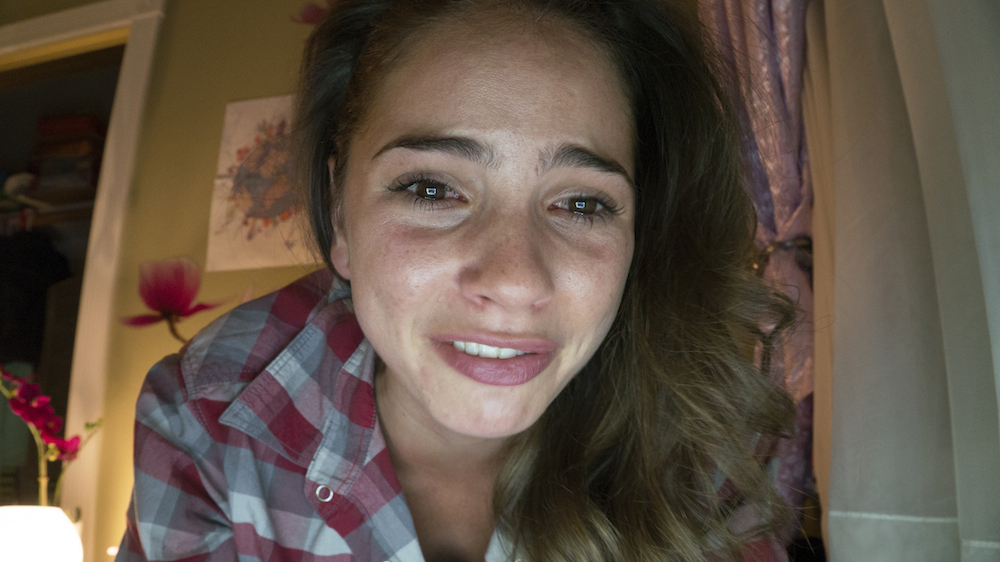
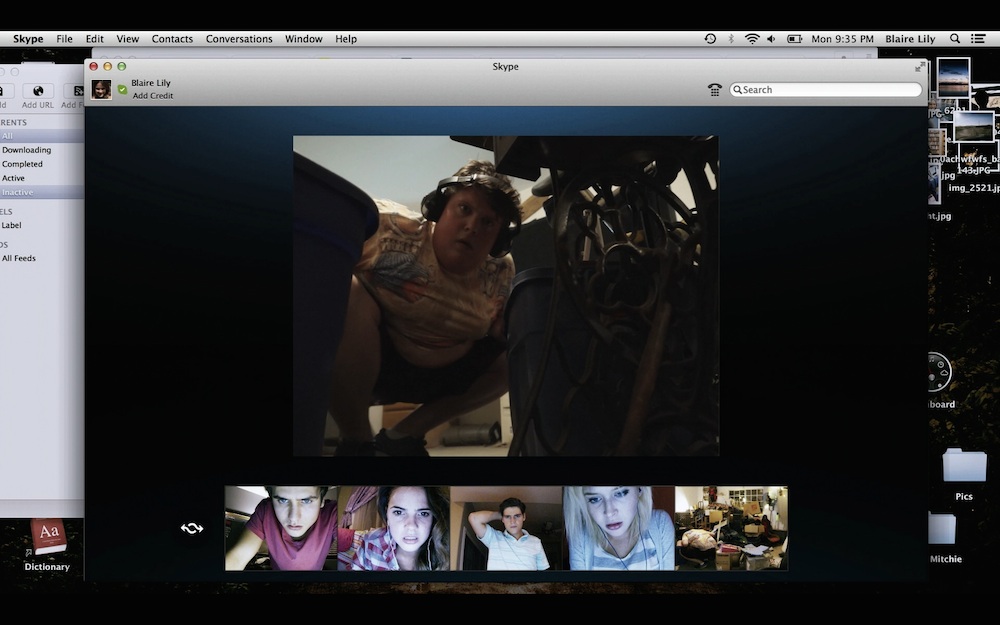

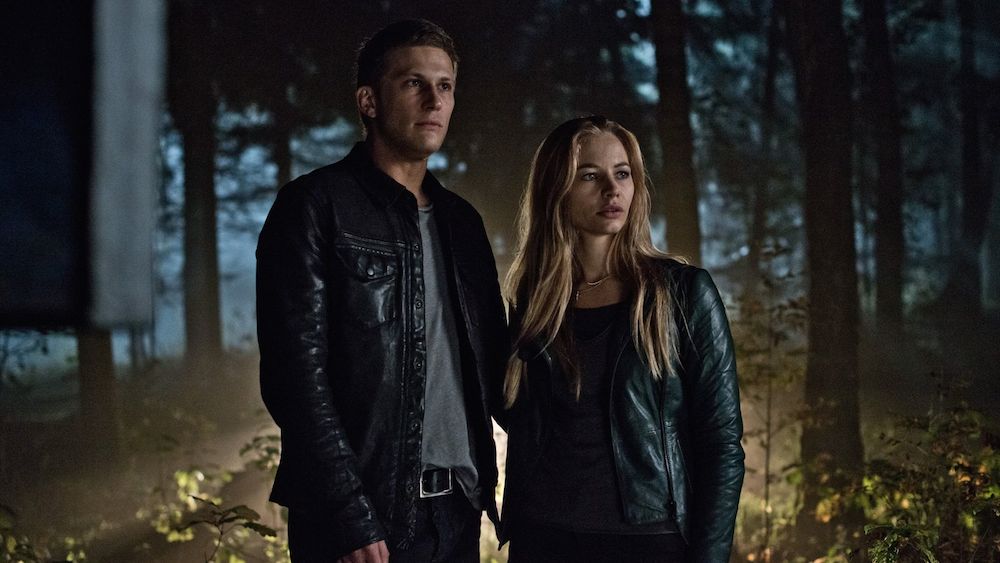

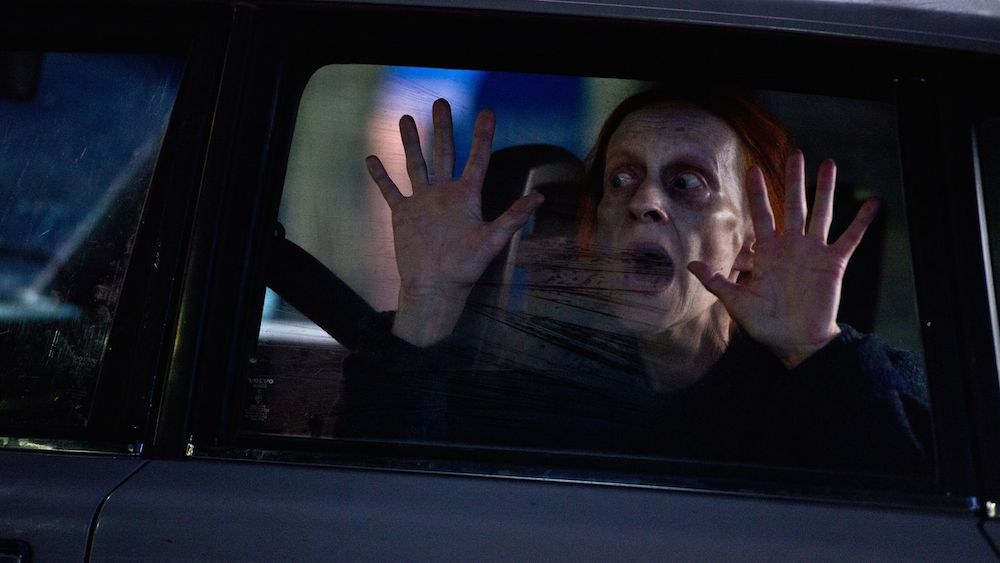
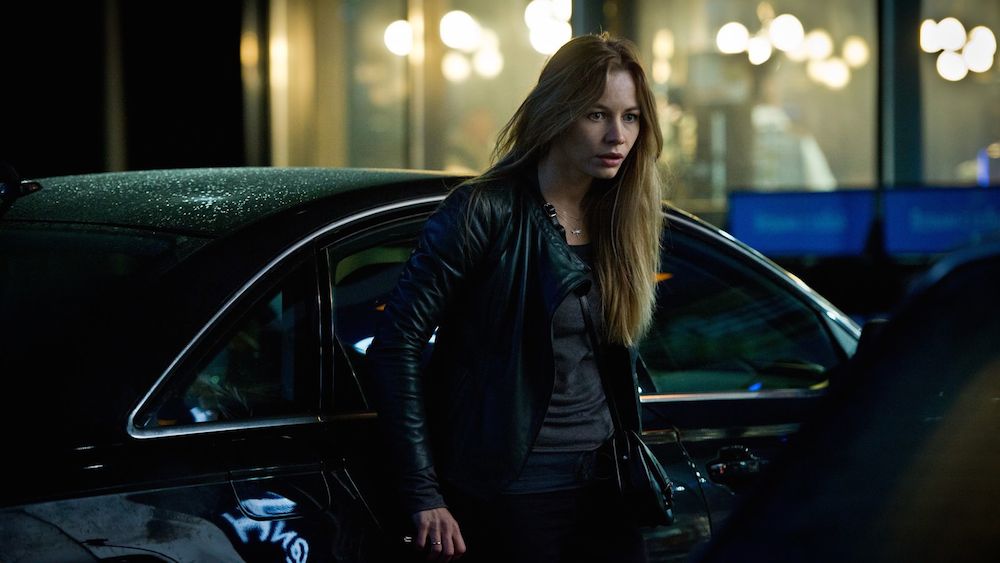
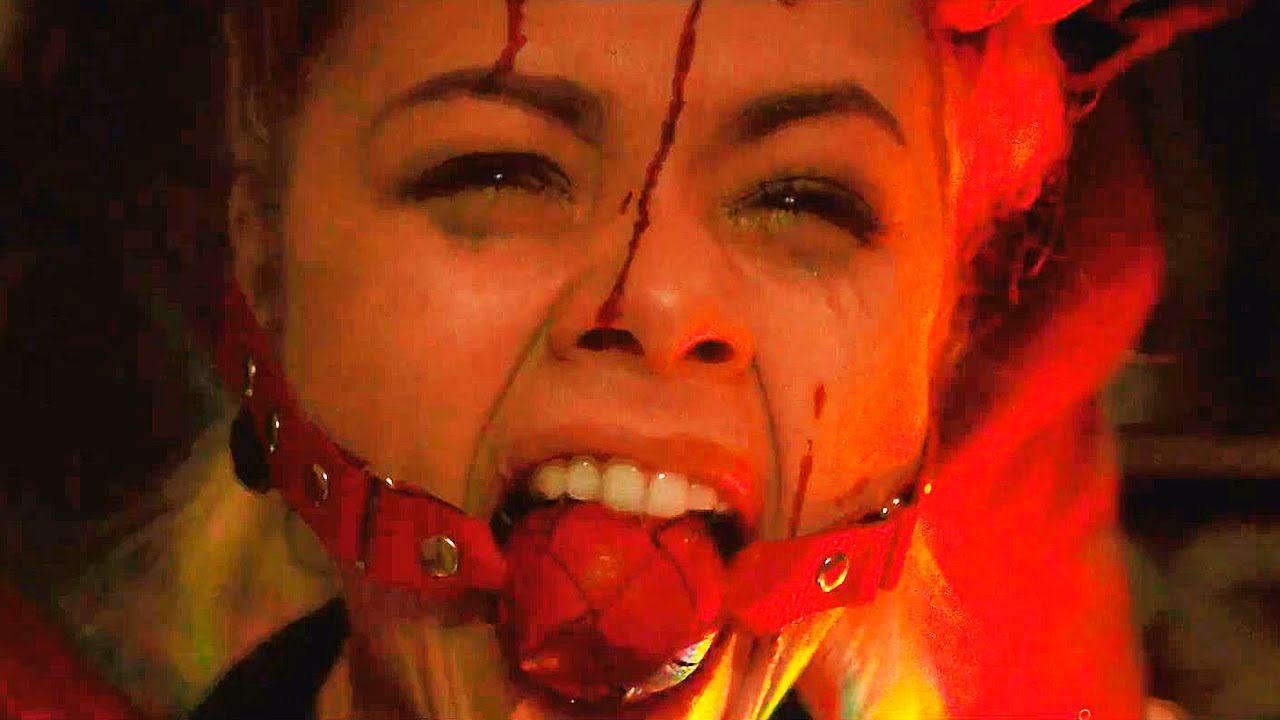
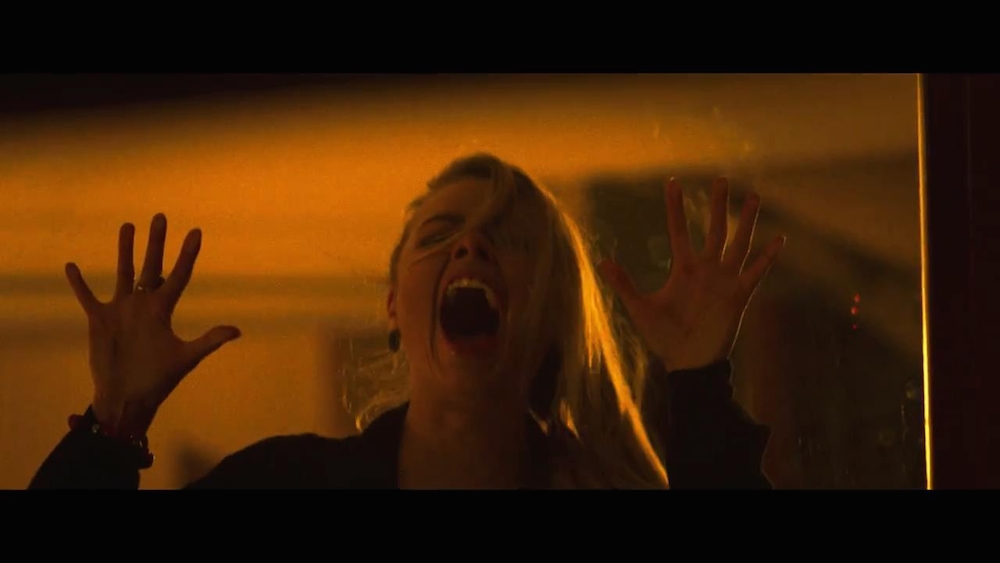
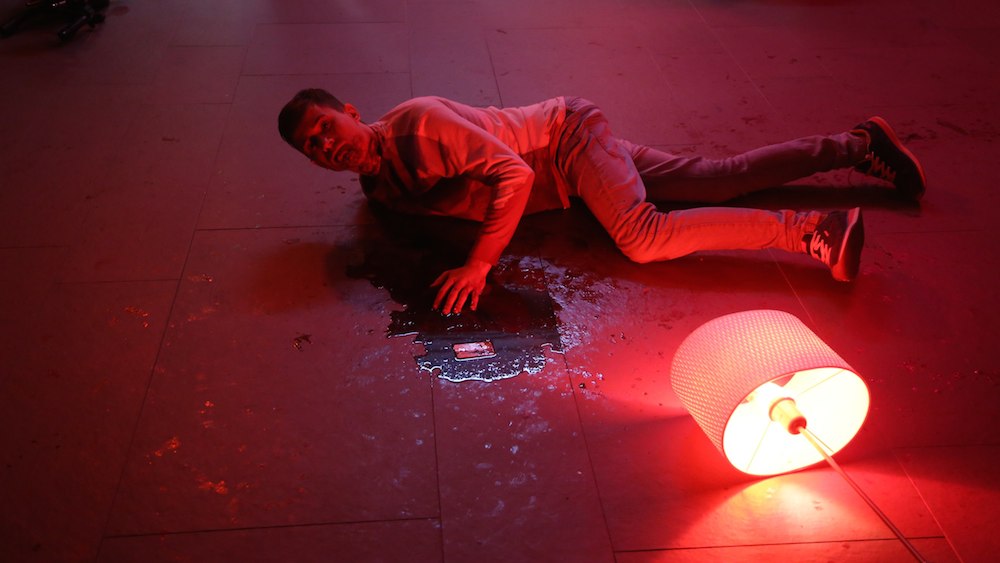



.jpg)